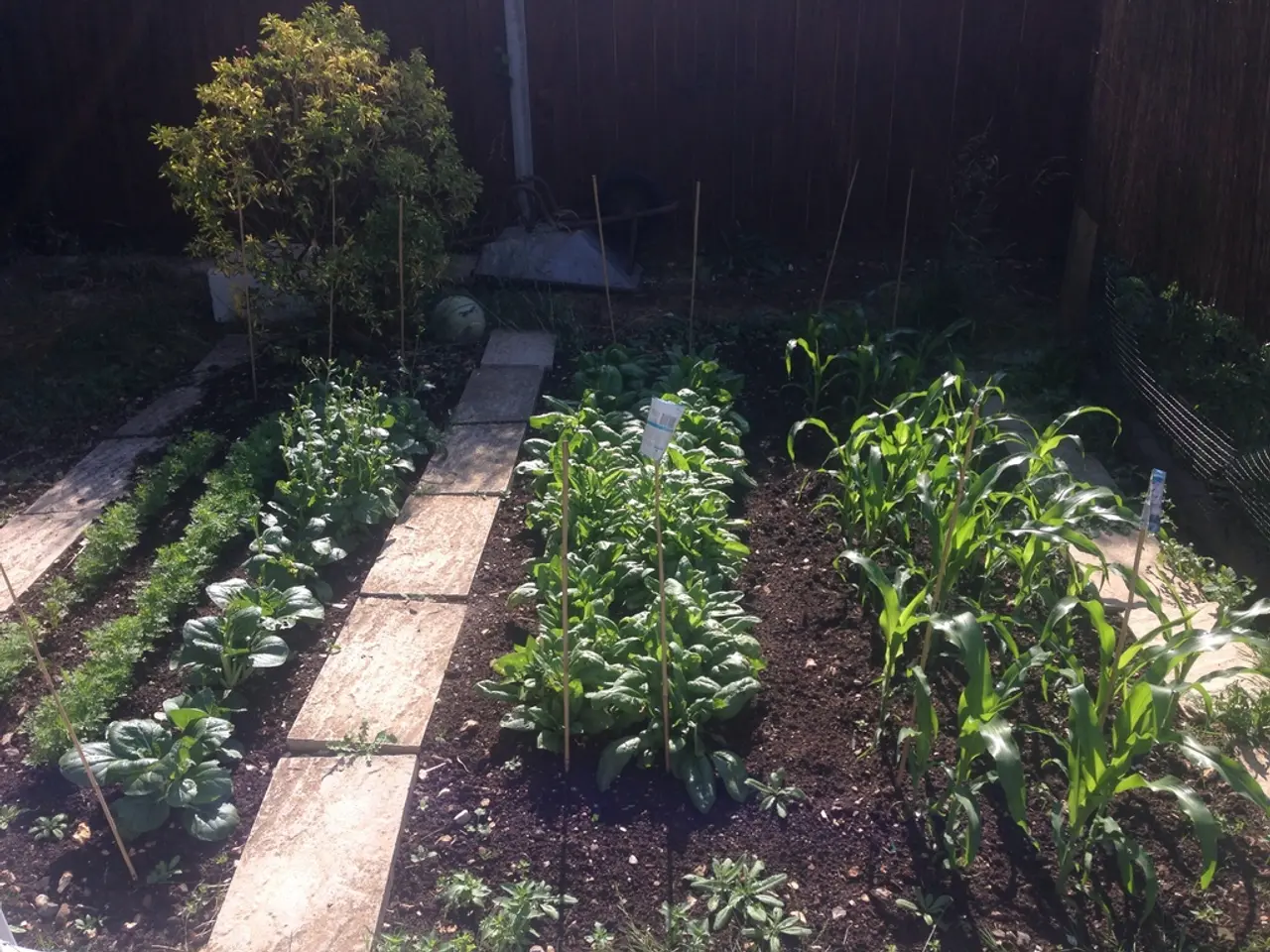Discovered origin of the potato: surprising find, it stemmed from a forerunner of the tomato
In a significant breakthrough, a team of researchers led by Sandra Knapp, a botanical researcher at the Natural History Museum in the UK, have published a study in the prestigious journal Cell. This groundbreaking research offers insights into the origins of the potato, shedding light on its evolution and the crucial crossbreeding event that led to its development.
The study represents the most comprehensive collection of wild potato genomic data ever analyzed, offering a detailed look into the genetic makeup of both cultivated and wild potato species. The research reveals that the potato plant (Solanum tuberosum) appeared through natural hybridization between the ancestors of the Tomato and Etuberosum lineages.
Tomatoes, potatoes, and Etuberosum are close relatives and form a monophyletic group. The formation of the tuber in Potato is due to a precise combination of genes, with SP6A from the Tomato lineage and IT1 from Etuberosum. Interestingly, in the parental species, these genes do not interact with each other and therefore, the tuber is not formed.
The common ancestor of the Etuberosum and Tomato sections probably existed about 14 million years ago. The origin region of the tomato, which crossed with another plant from Chile leading to the formation of the potato, is South America, where this crucial crossbreeding event took place about 8 to 9 million years ago.
The resulting hybrid species from the intersection of Etuberosum and Tomato lineages evolved into the current 107 wild species of the Petota section. The potato's reproduction does not require seeds or pollination as they sprout directly from the buds of the tuber.
This study not only provides valuable insights into the evolution of the potato but also opens up new avenues for the genetic improvement of crops. Liu, one of the researchers involved in the study, concluded that this research could potentially lead to hybridization between different species to generate new traits and eliminate harmful mutations.
The potato is not just a highly nutritious and very economical food, but it also represents a symbol of agriculture and culture for many communities around the world. The appearance of the tuber in the first potatoes allowed them to store nutrients underground, favoring their adaptation to sudden climate changes and survival in hostile environments.
This research underscores the importance of understanding the genetic makeup and evolution of our food crops. As we continue to face challenges related to climate change and food security, studies like this one will play a crucial role in helping us develop more resilient and adaptable crops for the future.
Read also:
- Peptide YY (PYY): Exploring its Role in Appetite Suppression, Intestinal Health, and Cognitive Links
- Toddler Health: Rotavirus Signs, Origins, and Potential Complications
- Digestive issues and heart discomfort: Root causes and associated health conditions
- House Infernos: Deadly Hazards Surpassing the Flames








